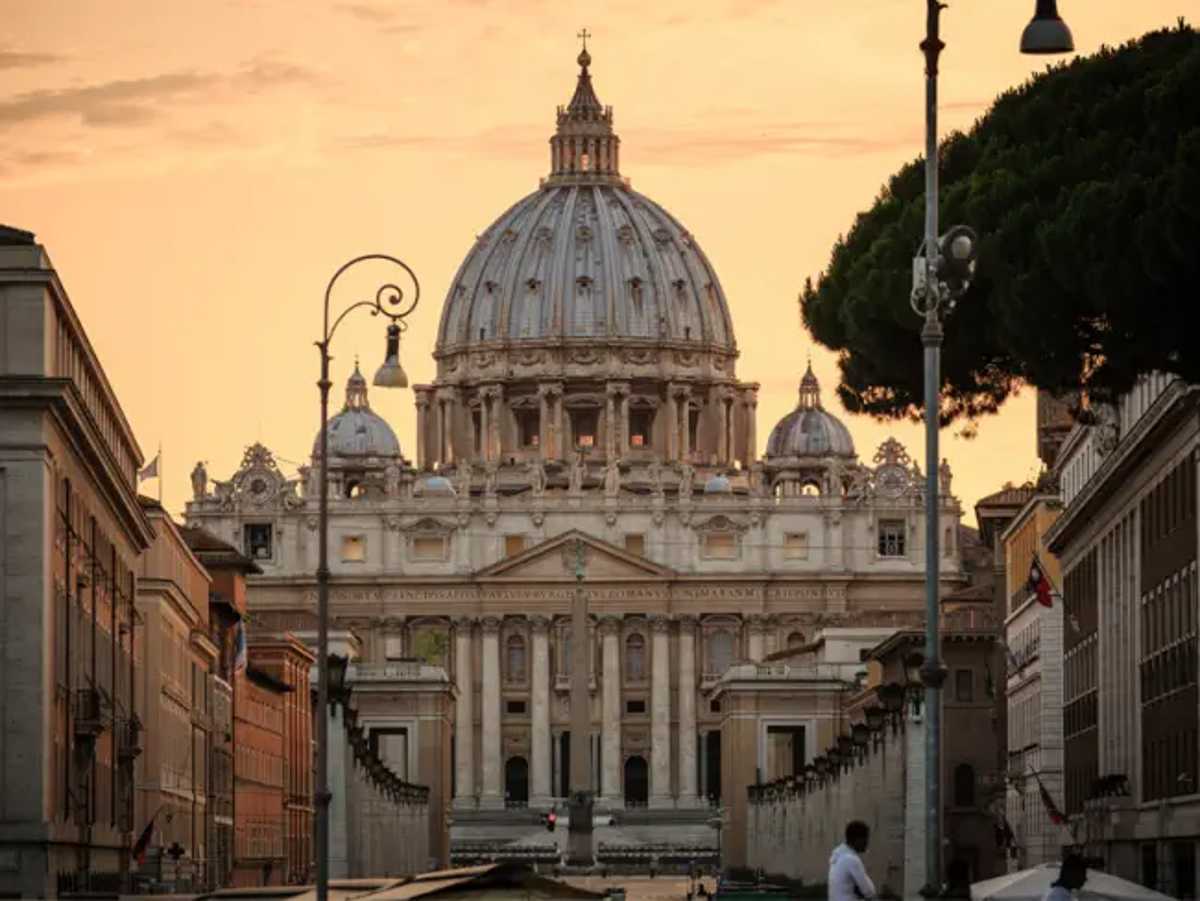
The pope, the leader of the Catholic Church, is perhaps one of the most well-known figures in the world. He is the bishop of Rome. The name derives from a Greek word pappas meaning father, and Rome’s bishop is seen as the father figure of the early church because of the link with St. Peter. Jesus is believed to have appointed Peter as the rock on which the church will be built; and Peter is believed to have been martyred in Rome. As the capital of the empire, Rome is also a natural center for the growing church.
Rome can put at least a name to every bishop in an unbroken link back to the 1st century of the Christian era and to St. Peter himself as the first pope. The papacy, though not recognized as such until later centuries, has impressive credentials. Interested in learning more about the history of the papacy? Here are 10 fascinating facts you didn’t know about the pope.
1. Some Were Martyred
Many popes in the first three centuries of the Christian era are obscure figures. Several suffered martyrdom along with members of their flock in periods of persecution. Some of these popes have been recognized as saints, including 48 out of the first 50 consecutive popes, and others are in the sainthood process. Arguably, the most recognizable of these was Saint Peter, traditionally martyred by crucifixion.
2. The Vatican Has Been an Important Place For the Papacy
Since the very first pope, St. Peter, the Vatican has been an important place for the papacy. St. Peter was crucified upside-down and his bones were laid to rest at the Vatican hill. You can literally say that there has been a papal presence in the Vatican since the founding of the Church in the 1st century. But there was a time when the living pope did not reign from there.
3. When a Pope Dies, There is No Pope
When a pope dies – or abdicates – there is no pope. No committee of cardinals or bishops takes his place. There is simply no pope. This is called sede vacante – the see is vacant and a period known as the interregnum (the time between popes) is entered Regardless of how long it takes to name a successor, the throne remains. Certain superiors in the Church have powers to maintain the legal aspects of the church but they cannot make doctrinal decisions and the power is very limited.
4. Only Cardinals Can Vote
Only cardinals (bishops in charge of churches within Rome) can vote. Only cardinals under eighty can vote. Pope John II changed the rules and allowed a fifty percent majority plus one to elect the pope. Pope Benedict XVI reversed this rule so the pope elected would require a two thirds majority.
5. He Could be a Teenager
To be elected pope you must be over the age of reason – generally accepted as seven years old – you must be males, and you must be baptized. The cardinals do not have to vote for one of their members: all male Catholics are eligible even if they are not priests. The youngest pope to be elected in Vatican history is Pope John XII, who is believed to have been 18 years old when he ascended to the papacy in 955. More recently, Pope Clement X, is the oldest. He was nearly 8- when he became pontiff in 1679 and he served for six years.
6. He Has to be Multilingual
Latin is the language of the Catholic Church, and the pope must be fluent in order to conduct official business. Day-to-day correspondences are conducted in modern languages. As the pope is also the Bishop of Rome, he is required to know Italian as well.
7. There Were Corrupt Popes
Popes of the Middles Ages and the Renaissance left behind a shady legacy, to put it mildly. One example was Pope Benedict IX (r. 1032-1048) sold the papacy to his godfather. Another example was Pope Alexander VI (r. 1492-1503), who among many questionable practices, established new cardinal positions in exchange for money when Church funds ran low. His blatant abuses of the papacy are considered to be partly responsible for the Protestant Reformation.
8. Pope Francis is a Pope of Many Firsts
The pontiff is the first of his chosen name, Francis, in the entire history of the papacy in the Catholic Church. He is also the first Latin American and Argentine pope, and the first of the Jesuits to lead the Vatican. Pope Francis chose his name in honor of Saint Francis of Assisi, who lived a simple life and shunned luxury. Following his footsteps, Pope Francis led a modest lifestyle that he took with him to the Vatican. He wears simple priest robes, drives a 20-year-old car gifted to him, and lives in an ordinary hotel instead of the official papal quarters.
9. He Has a Bank to Worry About
The Institute for Religious Works (IOR), also known as the Vatican Bank, is a privately-held institution within Vatican City responsible for financing the Church’s work around the world. The bank’s head, appointed by the pope, answers to a committee of cardinals and is ultimately accountable to the pope himself.
10. He is Only Infallible Sometimes
The concept of papal infallibility is widely misunderstood. The pope himself is not infallible (he is human, after all); he is only infallible when issuing decrees about faith and morals as the head of the Catholic Church.
The papacy is the oldest living institution in the Western world. Since its start, the popes have been key players in virtually all the great dramas of the western world in the last two thousand years and the papacy is still incredibly influential today.

